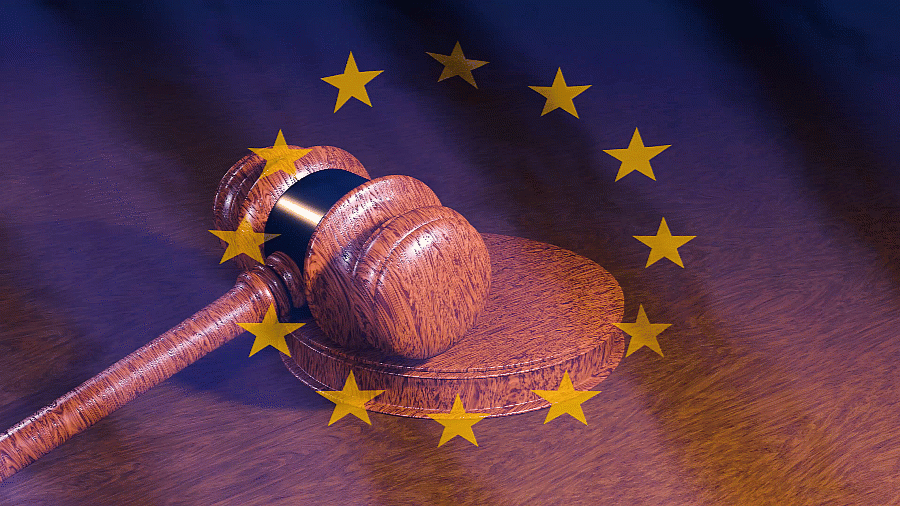A distinction is made between different forms of electronic signatures, all of which are legally binding, but have different probative value and are therefore suitable for very different areas of application.
- The simple signature does not make any requirement to identify the person signing the data. There is also no requirement as to how the signed data is linked to the signature and therefore no prescribed way of checking this. The digitized lettering of a signature (e.g. using a signature pad) represents a simple signature, as does the use of an e-mail footer. Simple signatures can be enhanced by using a certificate to create them. This allows the integrity of the data to be checked. If a qualified seal is used for this, the assessment of evidence according to eIDAS Art. 35 (2) applies.
- The advanced signature is generated by means that the signer can maintain under his sole control. The requirements for the identification and storage of the key used are publicly stored in the Certification Practice Statement (CPS). All important information about the Certificate Authority (CA), its guidelines and procedures are summarized in the CPS. This results in a clear assignment of the owner. The integrity of the document can also be ensured by signing with such a certificate.
- Within the qualified electronic signature the owner of the signature can be clearly and securely assigned, since the identification takes place, for example, via PostIdent, VideoIdent or the online ID function (eID). A qualified certificate is used, which was issued by a trust service provider confirmed in accordance with eIDAS. Only this type of signature complies with the written form BGB §126a and is after ZPO §371a proving.
Published to
August 24, 2022


























